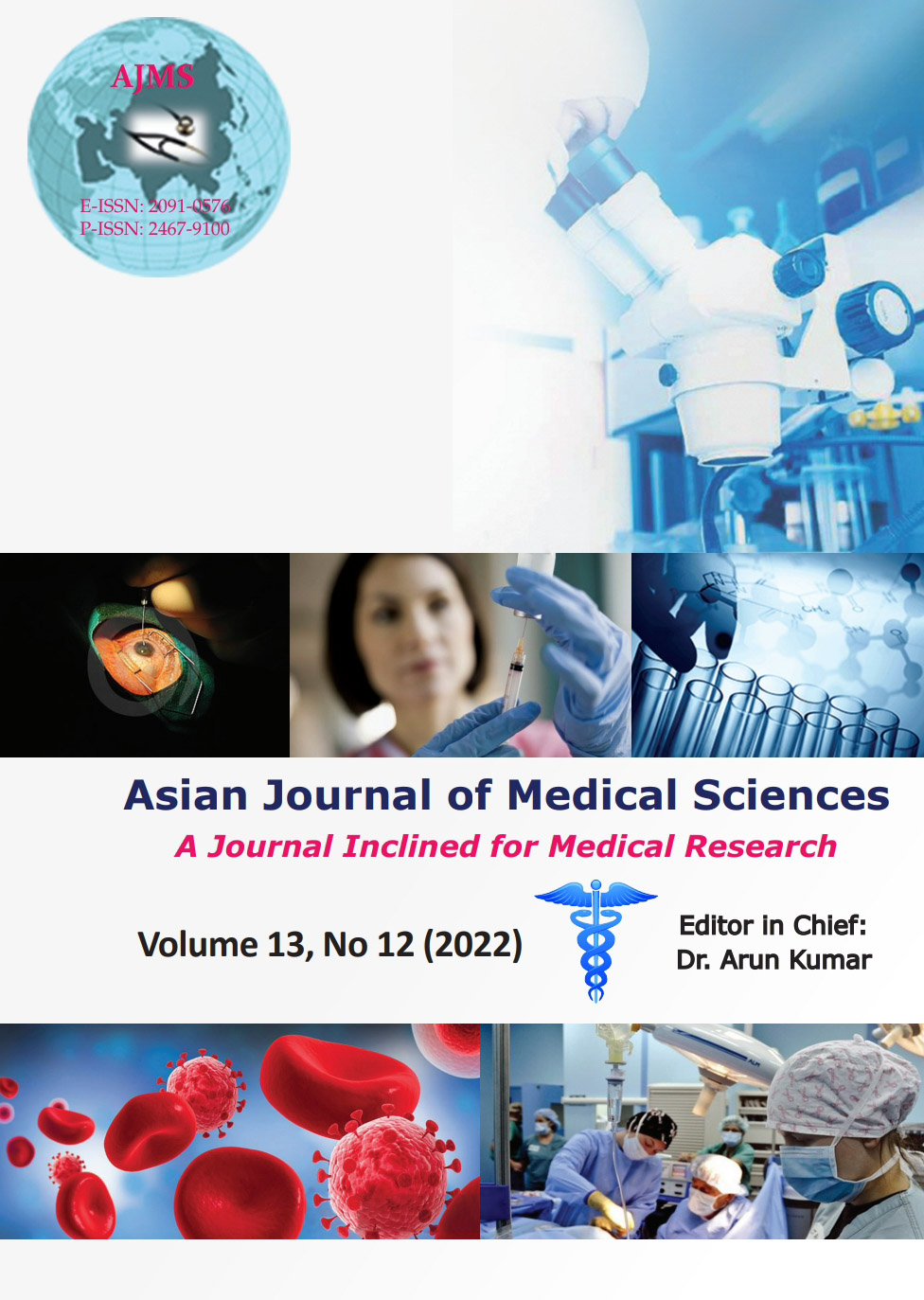Traumatic brain injury in pediatric patients –Clinical manifestations and outcome
Keywords:
Pediatric head injury; Traumatic brain injury; Glasgow outcome scoreAbstract
Background: Pediatric traumatic brain injury (TBI) is a global public health concern and is preventable, but there are no approved therapies to treat it definitely until date. Falls are the most frequent mode of injuries followed by road traffic accidents (RTA). Most of the TBIs have favorable outcome, though this is influenced by geographical, environmental, societal, and ethnic differences.
Aims and Objectives: The aims of this study were to determine the several modes of injury, severity of injury, outcomes, and complications in the Eastern Indian population.
Materials and Methods: Children-aged <18 years suffering from TBI who were attended to in Bangur Institute of Neurosciences, Institute of Post-Graduate Medical Education and Research, Kolkata, were prospectively studied for 1 year. Detailed history, clinical examinations, assessment of pupillary status, and Glasgow Coma Scale (GCS) score was recorded. Severity of TBI was done based on GCS score for each case. Computed tomography (CT) scan of head without contrast was the initial mode of neuro imaging and findings were recorded diligently. Patients were treated conservatively and surgically as required. Outcome was assessed in relation to age group, gender, initial GCS score, pupillary status, CT findings, intervention, and associated injuries. Simple statistical analysis was done.
Results: Among the total 150 patients aged 1–18 years, most common mode of injury was fall in 56.66% followed by RTA in 23.33%, assault in 6.66%, and other modes such as sports, hit by object on head, and firearm injury in 13.33%. RTAs had a poor outcome in 14.29% and fall had a poor outcome in 14.12%. Poor outcome was associated with the highest (68%) being midline shift (MLS)>3 mm and it was 12.77% with MLS of <3 mm and it was 10.26% in patients with no MLS. It was noticed that chest, spinal, and multiple injuries were associated with poor outcome.
Conclusion: The most important prognostic factors regarding pediatric TBI are GCS at presentation, pupillary status, associated injuries, and CT scan findings.
Downloads
Downloads
Published
How to Cite
Issue
Section
License
Copyright (c) 2022 Asian Journal of Medical Sciences

This work is licensed under a Creative Commons Attribution-NonCommercial 4.0 International License.
Authors who publish with this journal agree to the following terms:
- The journal holds copyright and publishes the work under a Creative Commons CC-BY-NC license that permits use, distribution and reprduction in any medium, provided the original work is properly cited and is not used for commercial purposes. The journal should be recognised as the original publisher of this work.
- Authors are able to enter into separate, additional contractual arrangements for the non-exclusive distribution of the journal's published version of the work (e.g., post it to an institutional repository or publish it in a book), with an acknowledgement of its initial publication in this journal.
- Authors are permitted and encouraged to post their work online (e.g., in institutional repositories or on their website) prior to and during the submission process, as it can lead to productive exchanges, as well as earlier and greater citation of published work (See The Effect of Open Access).




